Dinner
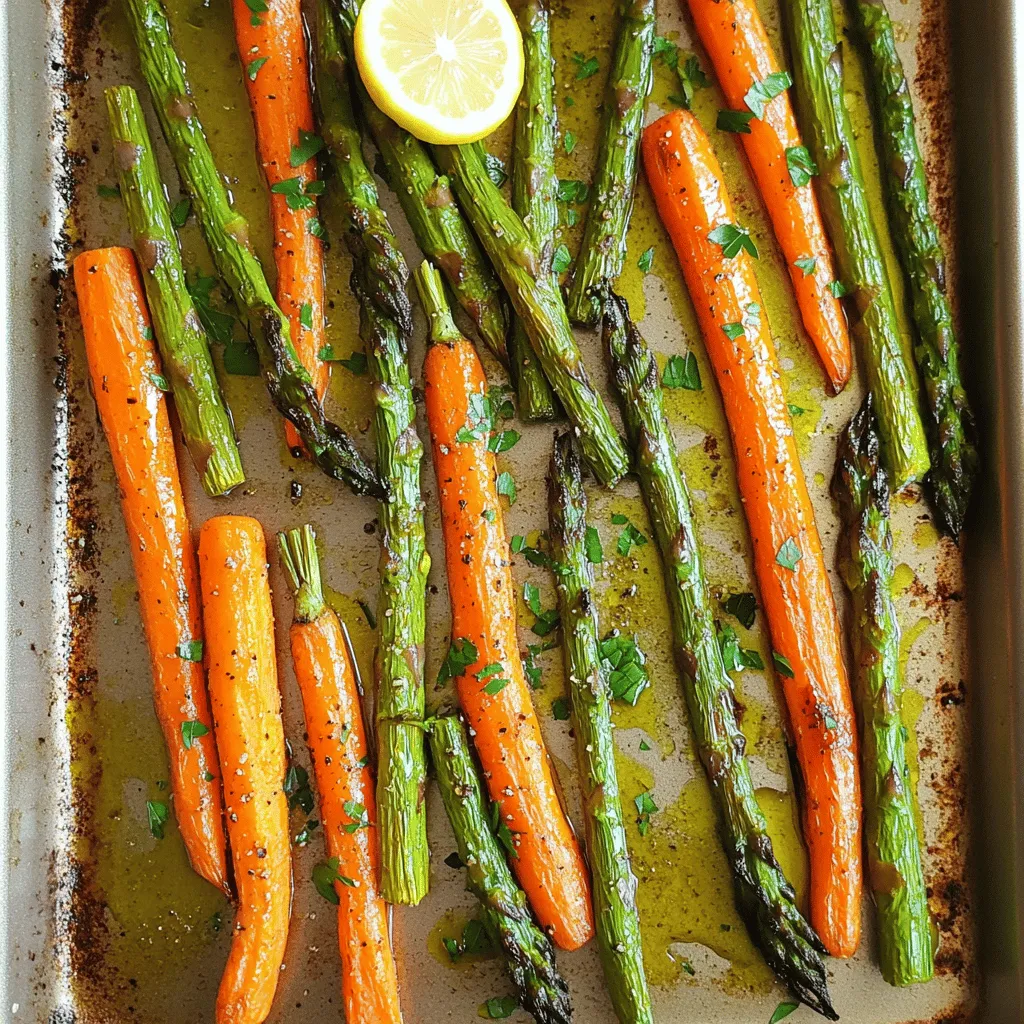
Roasted Asparagus & Carrots Flavorful and Simple Dish
Looking for a quick and tasty way to enjoy fresh vegetables? Roasted asparagus and carrots are here to save your dinner! This simple dish is
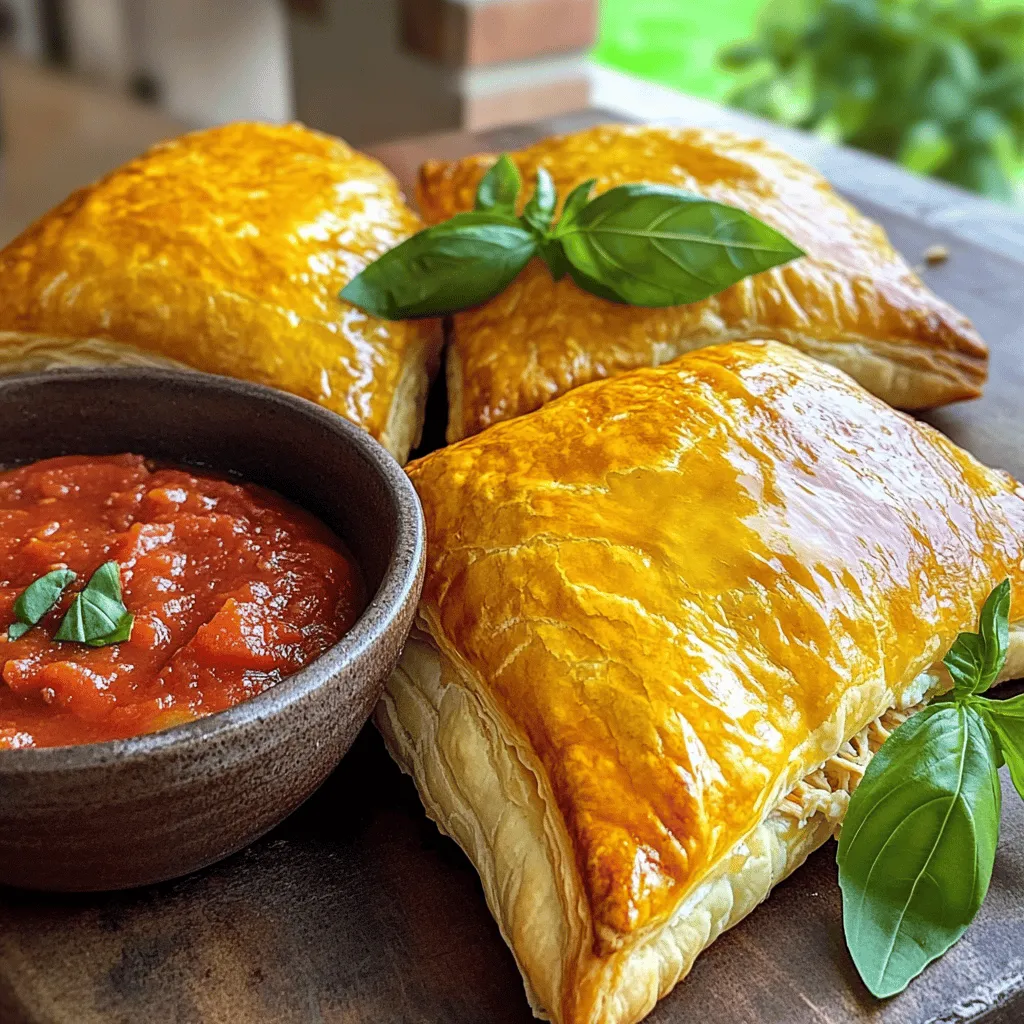
Savory Chicken Parmesan Pillows Easy and Flavorful Dish
If you crave a dish that’s easy and full of flavor, you’ve got to try Chicken Parmesan Pillows! These delightful pockets of goodness combine tender
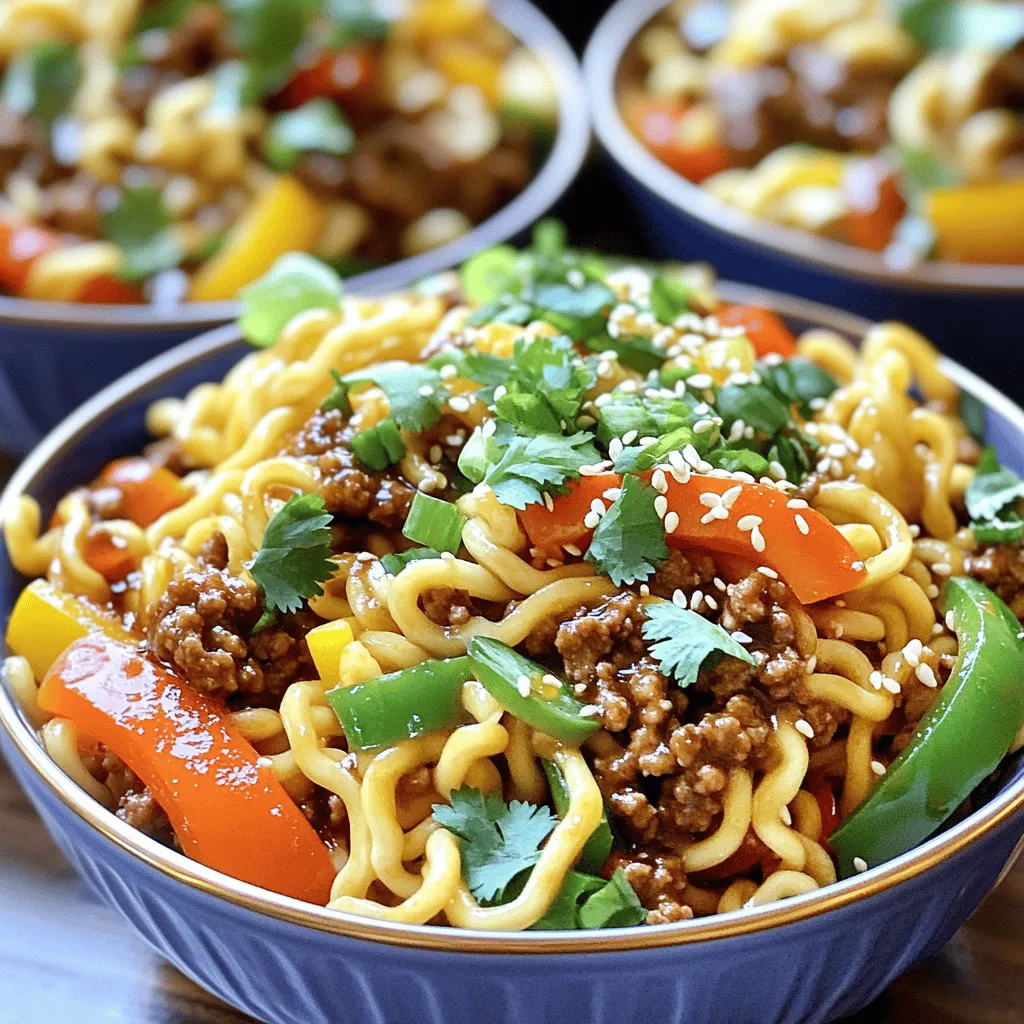
Stunning Mongolian Ground Beef Noodles Recipe Delight
Are you ready to dive into a bowl of flavor? This Stunning Mongolian Ground Beef Noodles Recipe will take your taste buds on an exciting
![- 1 pound ground beef - 1 cup orzo pasta - 1 medium onion, finely chopped - 2 cloves garlic, minced - 1 bell pepper (any color), diced - 1 cup diced tomatoes (canned or fresh) - 2 cups beef broth - 1 teaspoon dried oregano - 1 teaspoon paprika - Salt and pepper to taste - 1 tablespoon olive oil - Fresh parsley, finely chopped, for garnish - Grated Parmesan cheese, for serving (optional) Each ingredient plays a key role in the dish’s flavor and texture. Ground beef adds heartiness and protein. Orzo pasta brings a lovely bite and absorbs all the rich flavors. Fresh vegetables like onion, garlic, and bell pepper provide depth and sweetness. The diced tomatoes add moisture and acidity, balancing the dish. Spices like oregano and paprika give the dish warmth and complexity. Beef broth enhances the savory taste, making every spoonful satisfying. Lastly, the olive oil helps to sauté the veggies and beef, creating a base of flavor. Using fresh parsley as a garnish brightens the dish. If you enjoy cheese, adding Parmesan brings a creamy finish. This ingredient list sets you up for a delicious and easy meal. For the full recipe, make sure to check the instructions. - Chopping Vegetables Start by finely chopping one medium onion and dicing one bell pepper. You want these pieces small for even cooking. Next, mince two cloves of garlic. These fresh ingredients will add great flavor to your dish. - Preparing Ground Beef Measure out one pound of ground beef. If you prefer leaner meat, choose a lower-fat option. This will help reduce any excess grease in your dish. - Measuring Orzo and Broth Next, measure one cup of orzo pasta and two cups of beef broth. These are key components that will bring the dish together. Make sure you have everything ready before you start cooking. - Sautéing the Aromatics Heat one tablespoon of olive oil in a large skillet over medium heat. Once hot, add the chopped onion and diced bell pepper. Sauté for about 4-5 minutes until they soften and smell great. - Browning the Ground Beef Add the minced garlic and the ground beef to the skillet. Cook for about 6-7 minutes. Break the meat into smaller pieces as it cooks. When it’s brown and no longer pink, drain any extra fat if needed. - Adding Tomatoes and Seasonings Stir in one cup of diced tomatoes, two cups of beef broth, one teaspoon of dried oregano, and one teaspoon of paprika. Season with salt and pepper to taste. Bring this mix to a gentle simmer. - Incorporating Orzo Once your mixture simmers, add the orzo pasta to the pot. Stir well to combine all the ingredients evenly. - Covering and Reducing Heat Cover the pot with a lid and reduce the heat to low. Let it simmer for 10-12 minutes. Stir occasionally to prevent the orzo from sticking to the bottom. - Final Touches After the orzo is tender and most of the liquid is absorbed, take the pot off the heat. Let it sit for a few minutes. For a fresh touch, sprinkle finely chopped parsley on top. If you like, serve with grated Parmesan cheese for extra flavor. For the full recipe, check out the complete instructions and enjoy this savory Ground Beef Orzo Delight! - Suggested Seasoning Adjustments: Start with salt and pepper. If you want more depth, try adding red pepper flakes for heat or Italian seasoning for a twist. A splash of soy sauce can also boost umami flavors. - Using Fresh Herbs: Fresh herbs brighten the dish. Add chopped parsley, basil, or oregano just before serving. They add color and a fresh taste. - Recommended Cooking Techniques: Searing your beef well creates a nice crust. It adds flavor to the dish. Make sure not to rush this step; it’s worth the wait. - Preparing Ingredients in Advance: Chop your vegetables and measure the spices ahead of time. This saves time and keeps the cooking process smooth. - Multitasking During Cooking: As your beef cooks, you can prep the orzo. This keeps everything on track. Always have a timer handy to avoid overcooking. - Essential Cooking Utensils: A large skillet or pot works best for this dish. Use a wooden spoon to break up the beef and stir the ingredients well. - Pan Selection: Choose a heavy-bottomed pan. It heats evenly and prevents sticking. A non-stick option is great if you want easy cleanup. For the full recipe, check out the detailed instructions above! {{image_4}} - Ground Beef Alternatives You can swap ground beef for ground turkey or chicken. Both options lower fat while keeping flavor. If you want a richer taste, use lamb or pork. For a vegetarian twist, try crumbled tempeh or mushrooms. - Pasta Variations If you want to change up the pasta, use any small pasta shape. Try ditalini or small shells instead of orzo. Gluten-free pasta works well too. Quinoa pasta is a great choice for a healthy swap. - Vegetable Swaps Feel free to mix in your favorite veggies. Zucchini, spinach, or carrots add color and texture. Frozen peas or corn can work too, giving a sweet touch to the dish. - Adding Cheese or Cream For a creamy experience, stir in some cream cheese or sour cream at the end. This adds a nice richness. Grated cheese, like cheddar or mozzarella, can also melt into the dish for added flavor. - Spice Variations Spice it up by adding red pepper flakes or cayenne for heat. For a smoky taste, try smoked paprika. Experiment with Italian herbs like basil or thyme to change the flavor profile. - Gluten-Free Options Use gluten-free orzo or other gluten-free pasta. Always check labels to ensure they meet your needs. You can also use brown rice instead of orzo for a hearty base. - Vegetarian Adaptations To make this dish vegetarian, skip the meat and double the veggies. Add lentils for protein and fiber. You can also use plant-based ground beef to keep the texture similar to the original recipe. This Ground Beef Orzo recipe is flexible, allowing you to create your own delicious version! For the complete recipe, check out the [Full Recipe]. To keep your Ground Beef Orzo fresh, follow these steps: - Allow the dish to cool completely before storing. - Use airtight containers to prevent moisture loss. - Store in the fridge for up to three days. Using proper storage techniques helps maintain flavor and texture. Glass or plastic containers with tight seals work best. Avoid using metal containers, as they can react with the food. You can easily reheat Ground Beef Orzo using these methods: - Best Practices for Microwave: Place the orzo in a microwave-safe bowl. Add a splash of broth or water to keep it moist. Cover with a microwave-safe lid or wrap. Heat in 1-minute intervals, stirring in between, until hot. - Oven Reheating Tips: Preheat your oven to 350°F (175°C). Place the orzo in an oven-safe dish. Add a bit of broth or water, then cover with foil. Heat for about 15-20 minutes, or until warmed through. You can freeze Ground Beef Orzo to enjoy later. Here's how: - How to Freeze Ground Beef Orzo: First, let the dish cool down completely. Then, portion it into airtight freezer bags or containers. Remove as much air as possible to avoid freezer burn. Label each bag with the date. - Defrosting Tips: When ready to eat, move the orzo from the freezer to the fridge the night before. This method allows safe, slow thawing. If you're short on time, you can defrost it in the microwave on the defrost setting. Cook immediately after thawing to ensure food safety. For the full recipe, check out the detailed steps above. Ground Beef Orzo takes about 25 minutes to cook. This includes 10 minutes to prep and 15 minutes to cook. You will have a tasty meal in no time. Yes, you can make Ground Beef Orzo ahead of time. Cook it and store it in the fridge. It will taste great for up to three days when stored properly. You can use turkey, chicken, or lamb instead of ground beef. Each meat adds a unique flavor to your dish. Just make sure to adjust cooking times as needed. Absolutely! Ground Beef Orzo is perfect for meal prep. It stores well and reheats nicely. You can pack it in individual containers for easy lunches or dinners. You can definitely add more vegetables! Consider adding spinach, zucchini, or carrots. This not only boosts nutrition but also makes the dish more colorful and fun. For the full recipe, check [Full Recipe]. In this article, I shared a clear guide to making Ground Beef Orzo. We covered ingredients, preparation, cooking steps, and tips for flavor. I also discussed variations and storage methods to help you enjoy this dish longer. Simply put, these steps and ideas make cooking easy and fun. You can impress your family with a tasty meal. Trust me, with these tips, you’ll be ready to whip up delicious Ground Beef Orzo every time.](https://tossedflavors.com/wp-content/uploads/2025/05/d5aac6c6-924f-40ca-a0dd-a48f6c331b2b.webp)
Ground Beef Orzo Flavorful and Easy One-Pot Dish
Are you ready for a meal that’s both tasty and simple? Ground Beef Orzo is your answer! This one-pot dish mixes savory ground beef, tender
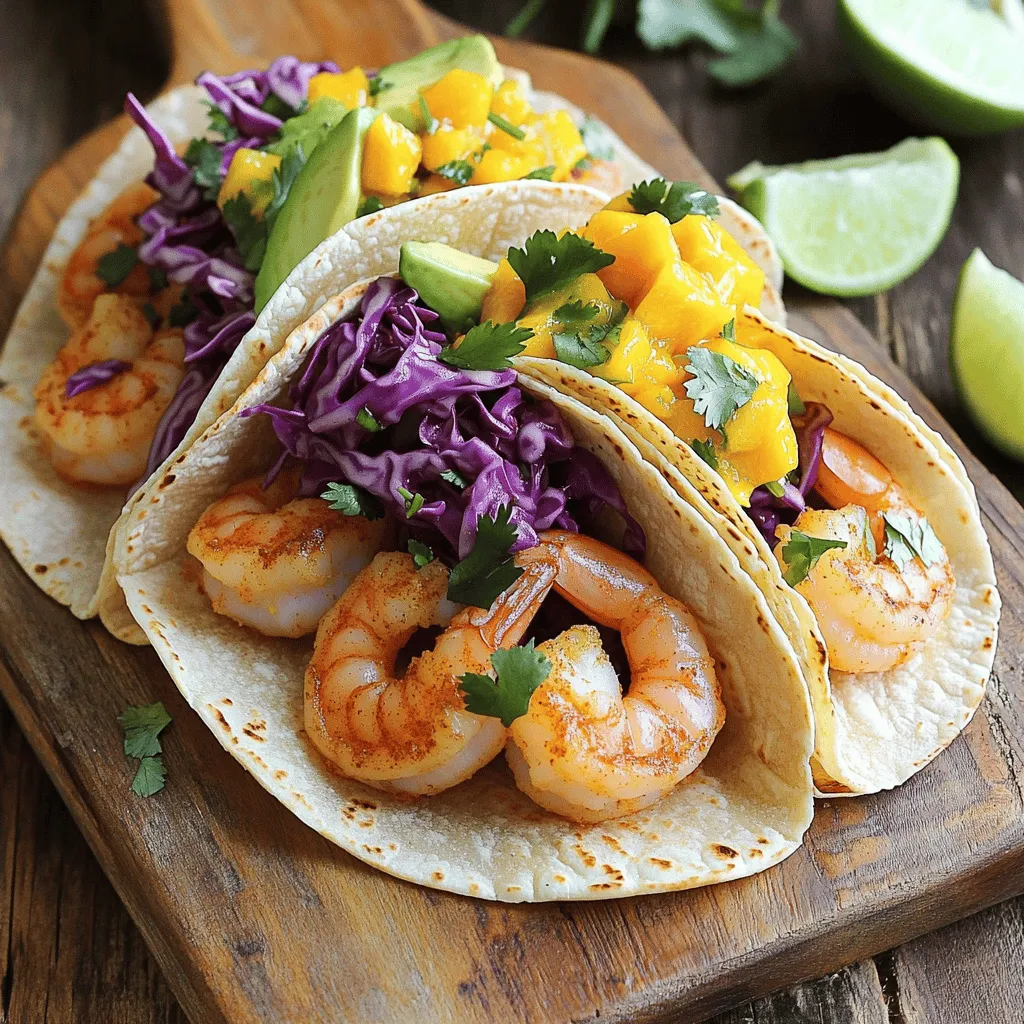
Easy Shrimp Tacos Tasty and Quick Delight
Looking for a quick and tasty meal? These Easy Shrimp Tacos are just what you need! With fresh shrimp, simple ingredients, and easy steps, you’ll
![This recipe needs just three main items: - 1 lb boneless chicken thighs, cut into bite-sized pieces - 1 cup orange marmalade (preferably with a bit of zest) - 2 tablespoons low-sodium soy sauce These ingredients blend to create a sweet and savory dish. The chicken thighs keep the meal juicy and tender. The orange marmalade adds a bright flavor, while soy sauce gives it depth. If you don’t have chicken thighs, you can use chicken breast. Just remember, breasts may dry out faster. For a different flavor, try apricot or peach preserves in place of marmalade. You can also use coconut aminos instead of soy sauce for a soy-free option. Choose fresh chicken that has no off smell. Look for marmalade with real orange peel for extra zest. When picking soy sauce, low-sodium options are best for controlling saltiness. Always check the labels for the best quality and flavor. ``` To start, you need to make the orange sauce. Grab a medium mixing bowl. In the bowl, combine one cup of orange marmalade and two tablespoons of low-sodium soy sauce. Stir this mix until it is smooth and well blended. The sweet taste of the marmalade joins nicely with the salty soy sauce. This sauce will give your chicken flavor and shine. Next, it’s time to cook the chicken. Take one pound of boneless chicken thighs and cut them into bite-sized pieces. Heat a large skillet or wok over medium-high heat. Add the chicken pieces in a single layer. Make sure not to crowd the pan. Cook the chicken for about 6-8 minutes. Turn the pieces occasionally. You want them to be golden brown and safe to eat. Check for an internal temperature of 165°F (75°C). Now, it's time to glaze the chicken with the sauce. Once the chicken is cooked through, pour the orange sauce over it. Gently stir to coat each piece in the glossy sauce. Lower the heat to medium and let it simmer for 3-5 minutes. This step helps the sauce thicken a bit. It also allows the sauce to stick to the chicken for extra flavor. After simmering, take the skillet off the heat. Let it rest for one minute. This resting time helps the sauce cling to the chicken even more. Enjoy your meal! For the full recipe, check out the detailed instructions above. When making 3 Ingredient Orange Chicken, avoid overcrowding your pan. This can cause the chicken to steam instead of sear. Always cook in a single layer for best results. Another mistake is not checking the chicken's internal temperature. Undercooked chicken can lead to foodborne illness. Use a meat thermometer to ensure it reaches 165°F (75°C). Lastly, don't rush the sauce. Let it simmer long enough to thicken. This step is key to achieving the right glaze. To keep your chicken tender, start with boneless thighs. They have more fat than breasts, which helps with moisture. Always cut the chicken into even, small pieces for uniform cooking. Searing the chicken over medium-high heat locks in the juices. This technique helps you create a nice golden crust. Letting the chicken rest for a minute after cooking allows the juices to redistribute. This step makes every bite juicy and flavorful. While the 3 main ingredients shine, you can boost flavor easily. Try adding minced garlic or ginger to the sauce for a zing. You can also toss in some crushed red pepper flakes for heat. A sprinkle of sesame seeds or sliced green onions adds a nice crunch. Consider serving the chicken with steamed broccoli or snap peas. This adds color and nutrients to your plate. For the full recipe, check out the [Full Recipe]. {{image_4}} You can add a kick to your orange chicken easily. Just mix in some chili flakes or sriracha to the orange sauce. Start with a teaspoon and taste as you go. This gives you control over the heat level. It adds a nice zest that pairs well with the sweet orange flavor. If you need a gluten-free version, swap the soy sauce. Use tamari instead. It has a similar taste but is made without wheat. You can also find gluten-free soy sauce in stores. This change keeps the flavor while making the dish safe for everyone. Adding veggies is a great way to boost nutrition. Bell peppers, carrots, and snap peas work well. Just chop them into bite-sized pieces. Sauté them in the skillet before you add the chicken. This way, they become tender but still crisp. You get a colorful, tasty dish with more textures and flavors. For the full recipe, check out the detailed instructions provided. To store your leftover orange chicken, place it in an airtight container. Let it cool first, then cover it tightly. This way, it stays fresh in the fridge for up to three days. If you want to keep it longer, you can freeze it. Just make sure to use a freezer-safe container. When you are ready to enjoy your leftovers, reheat them gently. You can use a skillet or microwave. If using a skillet, add a splash of water or broth to keep it moist. Heat it on low until warm, stirring often. If using a microwave, cover it with a lid or microwave-safe wrap to prevent drying out. Heat it in short bursts and check often. To freeze orange chicken, make sure it is cool first. Portion it into smaller containers or bags. Remove as much air as you can to prevent freezer burn. You can store it for up to three months. When you’re ready to eat it, thaw it overnight in the fridge. Then, reheat it as mentioned above. This will help keep all the flavors intact. Yes, you can use chicken breast. Chicken breast is leaner than thighs. It cooks faster, so be careful not to overcook it. Cut the breast into small pieces like you would the thighs. This helps it cook evenly. The flavor will be slightly different, but still tasty! To thicken the sauce, you can cook it longer. Let it simmer gently after adding the orange marmalade and soy sauce. This reduces the liquid and makes it stick better to the chicken. You can also mix 1 tablespoon of cornstarch with 2 tablespoons of water. Stir this mix into the sauce while it simmers. The sauce will thicken nicely. Serve this chicken over steamed rice or fluffy quinoa. Both absorb the sauce well. You can also add some fresh veggies on the side. Broccoli or snap peas work great. For a nice touch, sprinkle some chopped green onions or sesame seeds on top. This adds color and crunch to your meal. If you want more ideas, check out the Full Recipe for serving suggestions! This blog showed you how to make a delicious three-ingredient orange chicken. We discussed key ingredients, step-by-step cooking, and helpful tips. You learned about tasty variations and how to store leftovers. Now, you can enjoy a quick, easy meal that’s also full of flavor. Try these ideas and make the dish your own. You’ll impress your family with every bite. Happy cooking!](https://tossedflavors.com/wp-content/uploads/2025/05/fdd76d89-23f9-4a78-ad90-9e809dc5fb1d.webp)
Quick 3 Ingredient Orange Chicken Tasty and Easy Meal
Are you craving a tasty meal that takes just minutes to make? Look no further! My Quick 3 Ingredient Orange Chicken is your answer. With
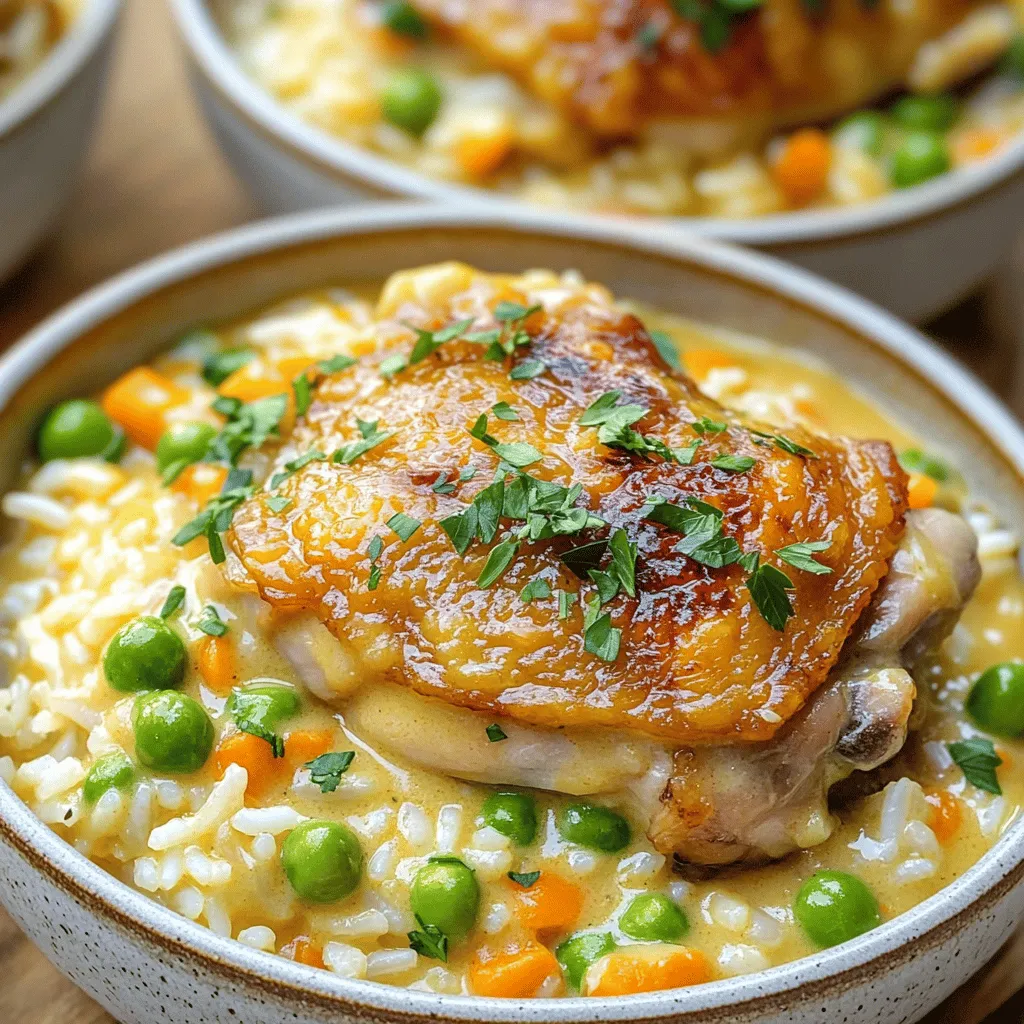
Creamy Smothered Chicken and Rice Flavorful Dinner Dish
Ready for a cozy and flavorful dinner? Creamy Smothered Chicken and Rice brings comfort food to your table. With tender chicken thighs, rich cream, and
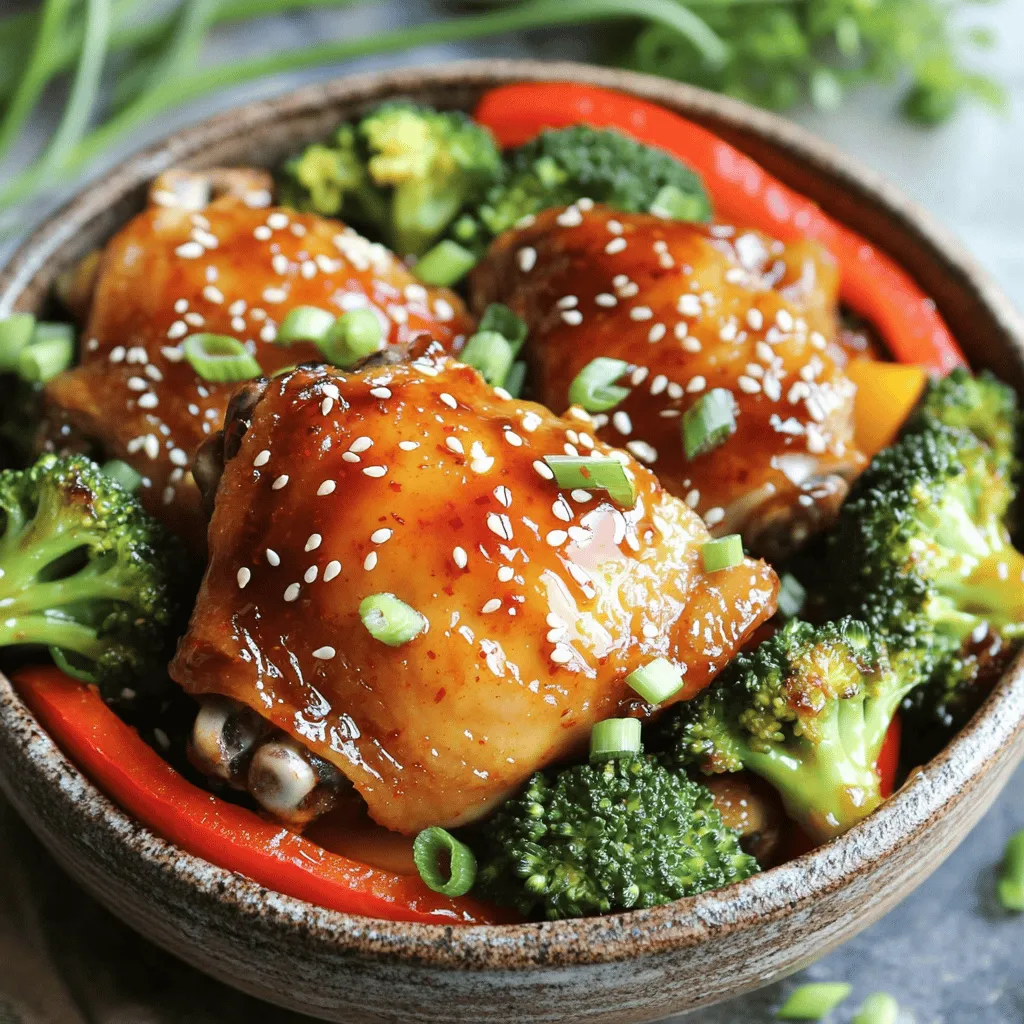
Irresistible Sweet Chili Chicken Recipe for All Occasions
Looking for a dish that’s perfect for any occasion? You’ll love this Irresistible Sweet Chili Chicken Recipe. It’s tasty, easy to make, and a crowd-pleaser.
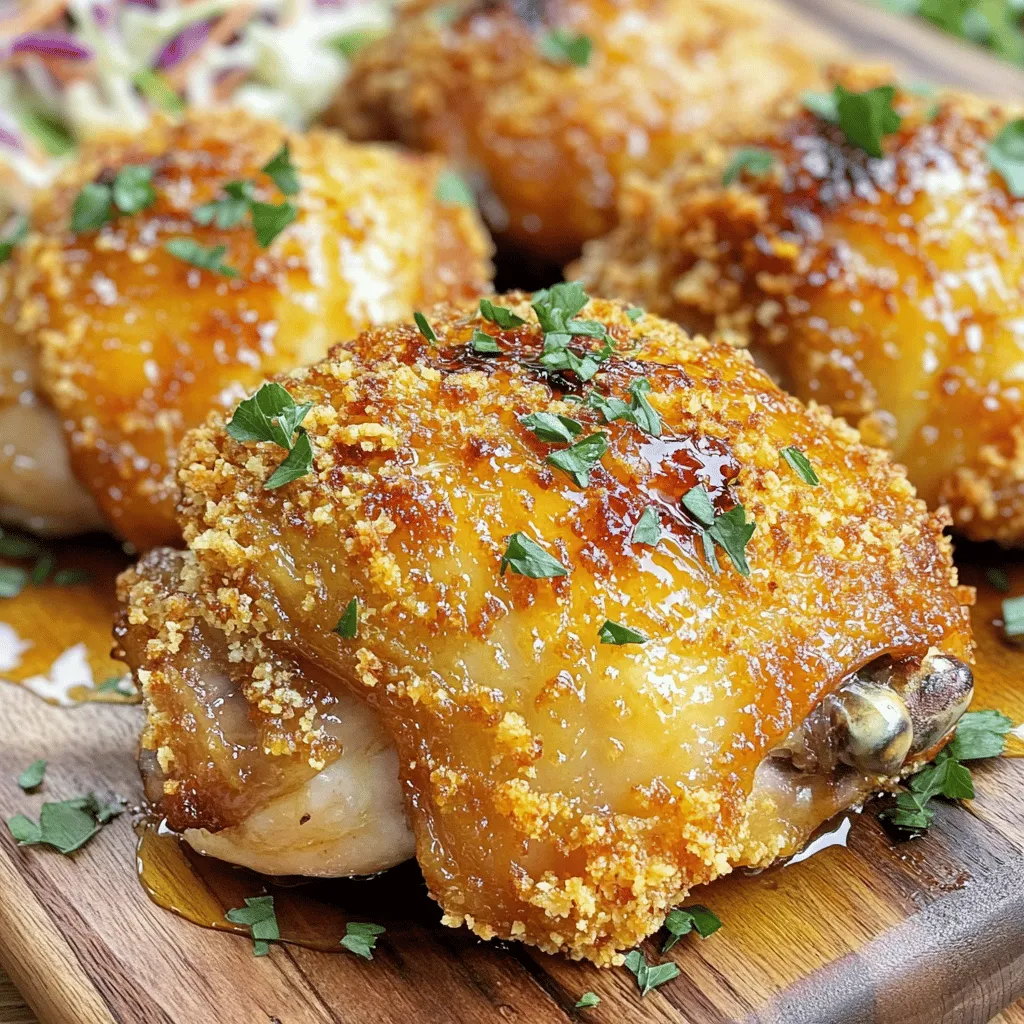
Baked Crunchy Hot Honey Chicken Recipe Delight
Get ready for a flavor explosion with my Baked Crunchy Hot Honey Chicken! This recipe blends juicy chicken thighs with a sweet and spicy glaze

Crispy Hot Honey Feta Chicken Irresistible Delight
Welcome to a culinary adventure with my Crispy Hot Honey Feta Chicken! If you crave bold flavors and mouth-watering crispiness, you’re in the right place.